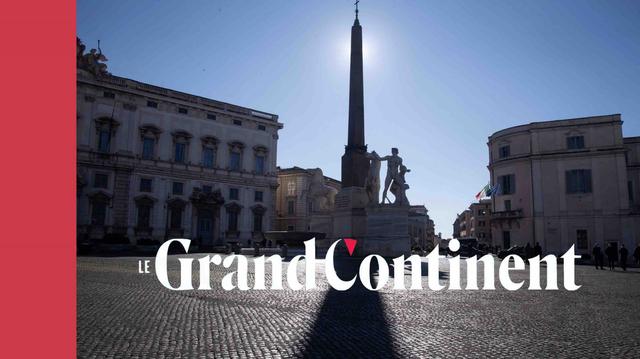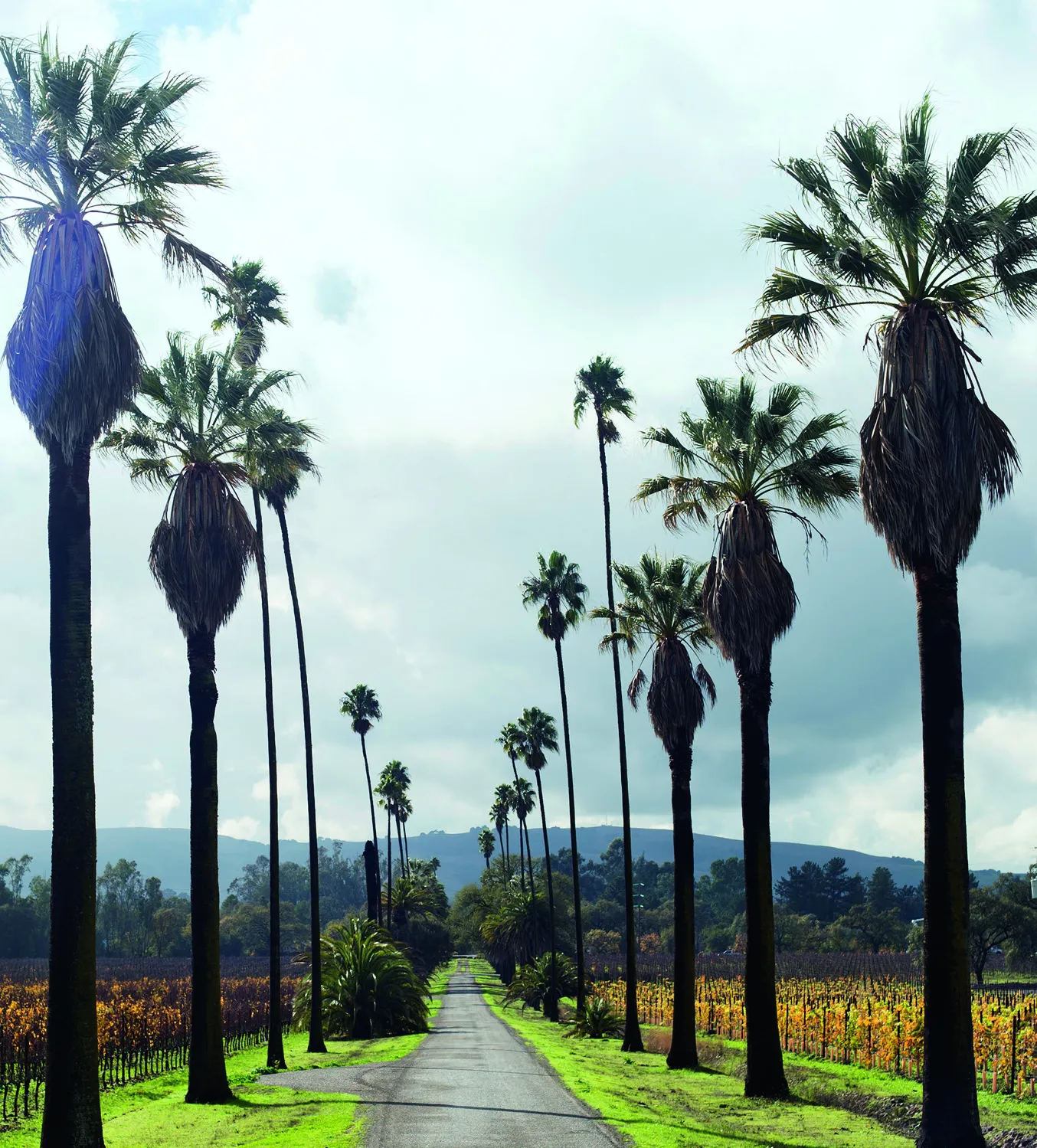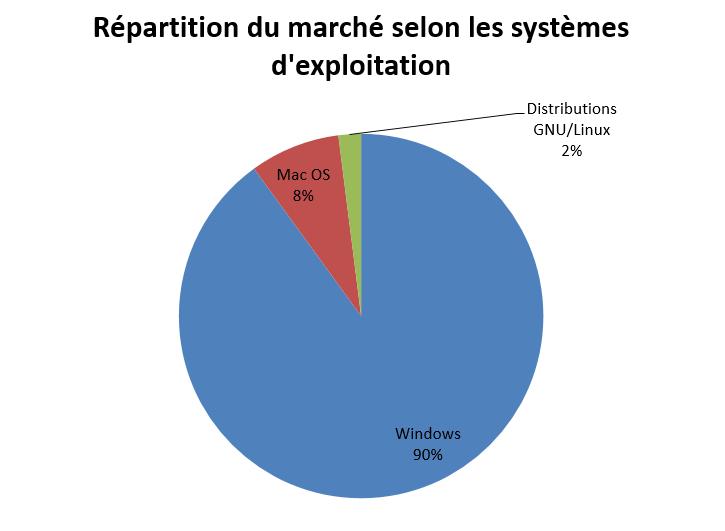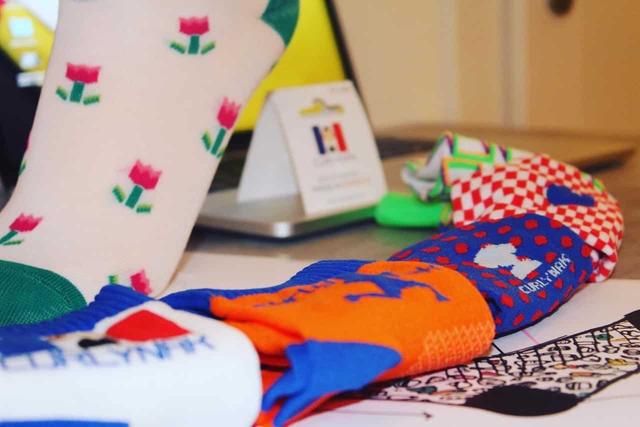Quirinal: the power of the hill Six points to understand the Italian presidential election
- Author
- Mario de Pizzo
- Cover
- © Matteo Nardone/Pacific Press/Shutterstock
- Date
- Share
Subscribe to download this article in PDF format
→SubscribeSubscribe to our LettersStay informed of news from the Great Continent
→Is the hill a place from which one governs? This is the question of questions – and the hill in question: the Quirinal. We can answer that there is indeed a government from the Quirinal hill and that there are indeed distinct and shared powers, which have been extended especially since 1992. The former President of the Council Giuliano Amato defined the power of the President of the Republic as an accordion power. Elastic. Capable of expansion and compression, oscillating between interventionism and a more “notarial” position. The President changes clothes, becomes a kind of transformist. What are the causes of these transformations? The crisis of the system. The party crisis. The scope of intervention, in fact, widens first of all to make up for the deficits of the executive power and of Parliament.
The abundant literature that accompanies the election of the President of the Republic seems to largely support this thesis. Marco Damilano, in his book Il Presidente, identifies a clear divide in Italian history. 1992: the attacks committed by the mafia and the Mani Pulite affair. Factors that determine a real "euthanasia of a power" and that put an end to the "republic of parties" to inaugurate a "republic of presidents". Marzio Breda, the prince of the quirinalists – these journalists who have specialized in power games on the presidential hill – offers a report whose title is emblematic: Leaders without a State. The presidents of the great Italian crisis. For the pen of Corriere, it was Francesco Cossiga who was the first to foresee the systemic crisis. For him, however, it is an interventionism that did not go beyond outsourcing, in all that it could have of harsh and unusual, of course. It was President Cossiga who understood and revealed the need for a major institutional reform that would make Italy a democracy of alternation. He wanted to commit him through a message to the Chamber of Deputies, a prerogative of the power of the hill, which however remained a dead letter in a party system unable to see beyond – and which even reacted with an attempt to impeach him.
Oscar Luigi Scalfaro goes up to the Quirinal at a dramatic moment in Italian history: May 25, 1992, the day after the Capaci massacre. The Cosa Nostra bombs killed Judge Giovanni Falcone, his wife Francesca Morvillo and three people accompanying him: Vito Schifani, Rocco Dicillo and Antonio Montinaro. In seven years, the former Minister of the Interior of the Craxi government has created six executives. Amato I, Ciampi, Berlusconi Primo, Dini, Prodi I and D'Alema I. In between, Antonio Maccanico attempted to set up a reform government. Scalfaro is a president in the storm. Mani pulite, mafia attacks and – as if that were not enough – a devaluation of the lira which is hitting the country hard. Italy is caught in a pincer movement. Scalfaro prevents Bettino Craxi's return to Palazzo Chigi. He demands a new list of names and begins his mandate with the government of Giuliano Amato. After a year, he will contribute to his downfall after an often overlooked episode: the non-signing of the Conso decree – a measure that would have decriminalized illegal party financing, giving a fast track to corruption procedures. It was the Mani pulite case that led to the request for legislative intervention in this direction, based on a guarantee from the Quirinal. But faced with the change in attitude of the Milanese judges, the umbrella of the hill is closing, in a gesture of defiance by the President of the Republic vis-à-vis the executive. Breda highlights Scalfaro's activism in the formation of successive governments: from his intuition of Carlo Azeglio Ciampi at the Chigi Palace, brilliant and unifying for Italy, to the real hand-to-hand fight he delivers with Silvio Berlusconi. It is an earthquake whose institutional grammar itself undergoes the shock waves. The press echoed insults between the two men. Scalfaro hides nothing of his "personal annoyance" towards the Cavaliere and invites him to "swallow the snakes" of the Dini government.
The rules that have gradually been built into Italian political dynamics highlight the profound transformation of the role of the President of the Republic. But one point needs to be clarified. When political parties are strong, heads of state are de facto mere guarantors of their agreements, in accordance with the Constitutional Charter. When the parties, on the other hand, are weak, the President of the Republic, almost like a reserve engine or a spare wheel, comes into play to support the structure of the country.

It is therefore not surprising that these powers are exercised like an "accordion" – to use Giuliano Amato's expression – in order to guarantee, above all with the partners of the European Union and NATO, our fundamental choices in terms of international relations and economic policy.
At the same time, however, even its moral weight cannot exceed the clear limits of our parliamentary form of government, i.e. the continuum between parliament and government, as the recent example shows of Presidents Napolitano and Mattarella. This is also an obvious question given the growing role of the President of the Council, starting with his decisive presence in the European Councils. It is no coincidence, as far as Italy is concerned, that it is a personality called upon to provide today – and even more so tomorrow – timely and effective proof of the concrete implementation, above all, funds from the recovery plan.
Between form and content, the accordion of presidential powers is therefore a delicate instrument, which confirms the fact that, as the great jurist Livio Paladin so aptly puts it, the President of the Republic is "the most enigmatic and the most elusive of the public offices provided for by the Constitution”, a synthesis, between the formal and substantial powers, the values and the cultural roots which have characterized our system for more than seventy years.
Is this power revealed above all through foreign policy?
The President is first and foremost the Head of State, not because he would be a king on the hill exercising the powers of an absolute monarch, but on the contrary because he represents the pillar on which our democracy rests - that is to say popular sovereignty - by being elected in the very place of the expression of this sovereignty: Parliament.
In this capacity, representing national unity, he strives to guarantee, first and foremost with the partners of the European Union and NATO, the fundamental choices of Italy, both in terms of international relations and economic policy. He is the protector of the perimeter in which our country manifests its identity, being also an expression of national unity in all its articulations, bearing clearly from the name of his function, linked to the genitive "of the Republic", an explicit seal and not formal to the function he is called upon to perform. This is a trait that has characterized him since his election, with the mandatory presence of regional delegates alongside parliamentarians meeting in common session, precisely to increase his representative density and avoid making him a simple “president of Parliament”.
The President of the Republic is assisted by a number of advisers with specific skills. Can they be defined as a government cabinet?
The institutional structure of the Presidency of the Republic is a combination of two elements: the General Secretariat, which corresponds to the requirements of the powers of the Quirinal – which do not overlap not to the executive – and advisers, who constitute support and help for the activities of the President. In no way are these functions comparable to a government cabinet in the strict sense.
Are we, as some observers claim, in a de facto semi-presidentialist regime, or within a constitutional framework?
Currently, I would certainly say that we are not not in a de facto semi-presidentialism. The system was built according to an elastic model, crystallized in the image of the accordion by Professor Giuliano Amato a few decades ago. It has a big difference with other systems. In Italy, the head of state is not directly elected and the political responsibility for his actions is entirely in the hands of the government, since all the acts of the president are covered by a ministerial countersignature, except in cases of high treason and violation of the Constitution.
How then to interpret this phase? Is it necessary to reform the second part of the Constitutional Charter?
What is happening in Italian politics – at least at the moment – is perfectly in line with the Constitution. A form has been created that emerges from an imbalance between institutions due to the crisis of political representation, that is, a party system incapable of being truly representative. Hence the great strength of the Quirinal in recent years.
And in this sense, it is crucial that this country rediscover the spirit of a reform that, by rationalizing the question of political representation and its instruments, solves the deep dilemmas that corrode its function, giving citizens the possibility of actually being the arbiters of decisions, with a better relationship between elected officials and voters, as argued by the late Roberto Ruffilli, cowardly assassinated in the mid-1980s by the Red Brigades.
In short, we need to strengthen political representation and change the form of government. It is enough to remember that in Italy the President of the Council cannot even freely dismiss his ministers!
Similarly, it is necessary to work on the form of the state, redefining the relationship between the state and the regions. In this regard, the pandemic has demonstrated, once again, the need to rebalance skills.







